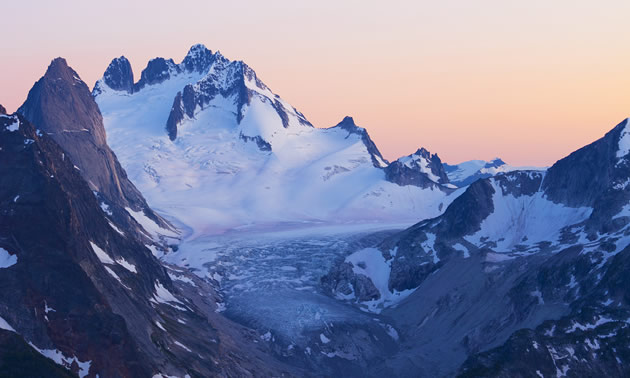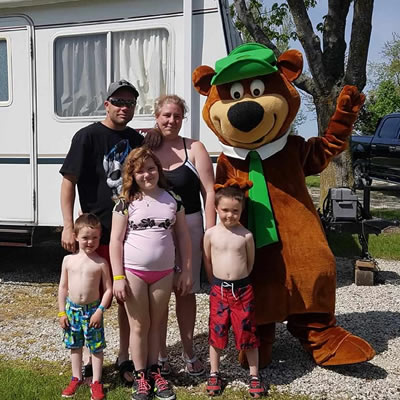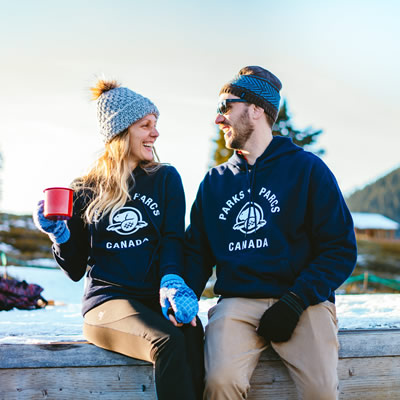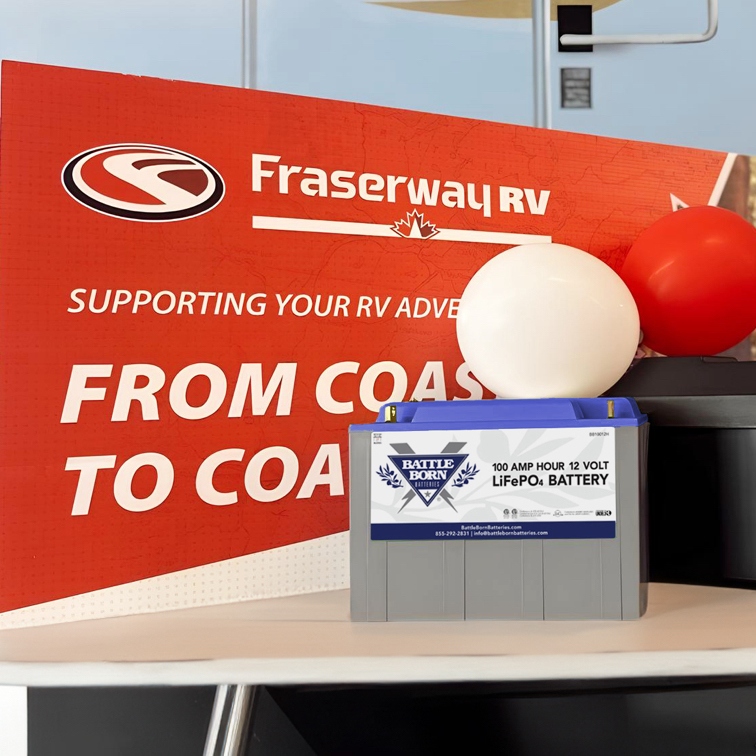New land added to B.C.’s parks and protected areas

Proposed amendments to the Protected Areas of British Columbia Act will expand B.C.’s parks and protected areas system, adding approximately 107 hectares of new land to six existing Class A parks.
To reflect ancestral connections and support reconciliation efforts, the amendments also include renaming John Dean Park to ȽÁU,WELṈEW̱/John Dean Park (pronounced Tlay-will-nook), which means “place of refuge” in the language of the W̱SÁNEĆ people.
“Giving this park a traditional Indigenous name connects us all with the original history and cultures of our province and supports ongoing reconciliation with Indigenous peoples throughout B.C.,” said George Heyman, Minister of Environment and Climate Change Strategy. “I was moved when I received a number of letters from young Indigenous students who all requested this change and expressed so clearly the meaning it would have for them. This legislation also expands our parks and strengthens protection of sensitive lands, so British Columbians will be able to enjoy beautiful natural spaces for years to come.”
The proposed additions are the result of private land acquisitions and include:
- 29 hectares to Bridge Lake Provincial Park in the Cariboo region;
- 2.5 hectares to Harmony Islands Marine Provincial Park along the Sunshine Coast;
- 17 hectares to Kikomun Creek Provincial Park in the Kootenays;
- 19 hectares to Myra-Bellevue Provincial Park in the Okanagan;
- Four hectares to Purcell Wilderness Conservancy Provincial Park in the Kootenays; and
- 35 hectares to Syringa Provincial Park near Castlegar.
The amendments will also replace boundary descriptions with official plans for two ecological reserves (Gilnockie Creek and Trout Creek) and three Class A parks (Conkle Lake, Jewel Lake and Johnston Creek). Official plans provide a clearer description of where the parks or protected area boundaries are located, leading to less chance of unintentional trespassing.
In addition, a minor administrative correction will be made to the boundary description of McDonald Creek Provincial Park and a new official plan has been prepared for Fintry Provincial Park to reflect a boundary modification completed in spring 2018.
One of the largest park systems in North America, British Columbia has 1,033 provincial parks, recreation areas, conservancies, ecological reserves and protected areas covering more than 14 million hectares, or approximately 14.4% of the provincial land base. The majority (628) of provincial parks in the system are Class A — lands dedicated for the preservation of their natural environment and for public use and enjoyment.
Amendments to the Protected Areas of British Columbia Act are regularly required to add land to parks and conservancies, modify or correct boundaries and improve boundary descriptions.
Quick Facts:
- BC Parks manages the third largest parks system in North America behind the United States’ National Park Service and Parks Canada.
- B.C. has the highest percentage of its land base dedicated to protected areas of all provincial Canadian jurisdictions.
- B.C.’s provincial parks receive more than 23 million visits each year.








